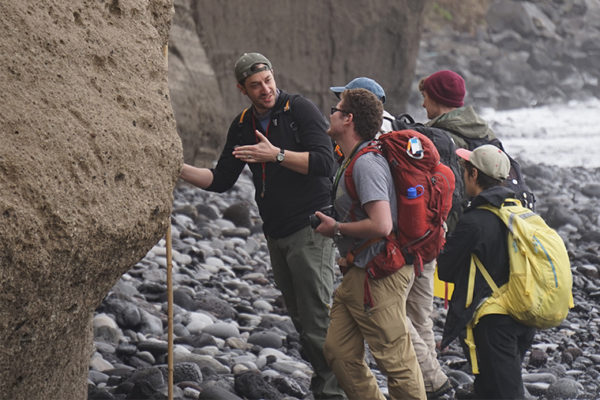Field Notes | Azores, Portugal
Students in an undergraduate class in Arts & Sciences traveled to the remote Portuguese Azores archipelago to study field geology techniques in a rugged landscape shaped by volcanoes and shifting tectonic plates.
Washington University Antarctica team to install seismographs
A team of seismologists from Washington University in St. Louis, like members of the starship Enterprise, will “boldly go where no man has gone before” after Thanksgiving this year. The team, led by Douglas A. Wiens, Ph.D., Washington University professor of earth and planetary sciences in Arts & Sciences, will go to remote regions of Antarctica to place seismographs in both east and west Antarctica to learn about the earth beneath the ice, and glean information about glaciers, mountains and ice streams.
Confirming by mineral dating
Image courtesy USGSA team of geologists from China and the United States, including two from WUSTL, report evidence of at least three ice ages occurring between 750 and 600 million years ago.Glaciers reached Cape Cod, Massachusetts, in the most recent ice age about 20,000 years ago. But much harsher ice ages hit the Earth in an ancient geological interval known as “the Cryogenian Period” between 750 and 600 million years ago. A team of geologists from China and the United States, including two from Washington University in St. Louis, now report evidence of at least three ice ages during that ancient time.

